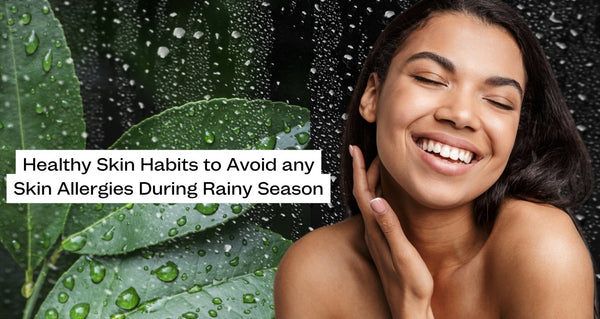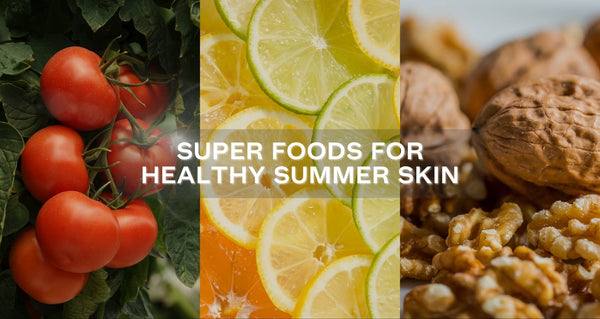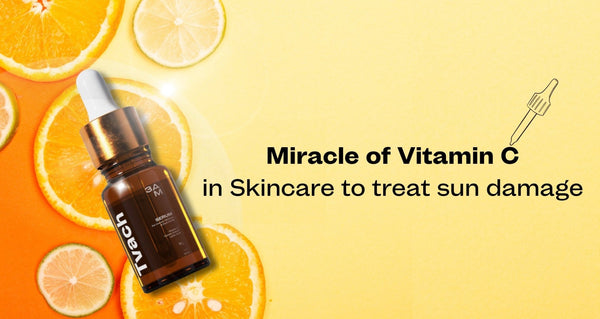What is spf sunscreen and how it work?

Skincare practices have been crucial in keeping skin healthy and youthful-looking. For everyday protection, one product outperforms all others, even though each step is equally crucial. And sunscreen is that product.
Sunscreen is a very vital component of a comprehensive skincare routine, acting as a protective shield against the harmful effects of ultraviolet (UV) radiation from the sun. It is made up of chemical and/or physical filters that combine to reflect or absorb UV radiation, keeping it from reaching the skin. UV light exposure can cause sunburns, early ageing of the skin, and a higher chance of developing skin cancer. By lessening the effects of UVA rays linked to ageing and UVB rays that cause sunburns, sunscreen helps to reduce these risks. Broad-spectrum sunscreens provide more thorough coverage by providing protection against both kinds of radiation.
Regardless of skin tone or type, everyone has to regularly use sunscreen. It should be thoroughly applied to all exposed skin, including sometimes ignored regions like the back of the neck and ears. It is especially important when exposed to the sun for longer periods of time, like on beach days or during outdoor activities. Factors such as sunscreen's SPF (Sun Protection Factor) rating and application technique might affect how effective it is. After reading all this SPF, you must be wondering: What does SPF mean? Let's dive into this blog further to understand what it is and how sunscreen works.
You may also like to read:
Do you need to apply a sunscreen in winters?
What is SPF Sunscreen
The three types of UV radiation that the sun emits are UVA, UVB, and UVC. Ozone, water vapour, oxygen, and carbon dioxide absorb all UVC and most UVB radiation as it travels through the atmosphere. The atmosphere does not significantly filter UVA light. UVA and UVB radiation can both harm the skin, increasing the risk of skin cancer and causing premature ageing. SPF primarily represents how much defence a sunscreen provides against UVB rays, which are the main culprits behind sunburns.
A sunscreen's SPF number is a multiplier that indicates how long a person can stay in the sun without getting sunburned in comparison to not using sunscreen. For instance, wearing an SPF 30 sunscreen theoretically enables someone who would normally burn after 10 minutes in the sun (10 minutes x 30 SPF) to spend up to 300 minutes in the sun. It's crucial to remember that this is only an approximate estimate and that a number of factors, including skin type, perspiration, swimming, and correct application, can affect how effective sunscreen is.
SPF levels range from 15 to 100 or higher in general. For sufficient protection, it is normally recommended to apply a broad-spectrum sunscreen with an SPF of 30 or higher. Broad-spectrum sunscreens offer more thorough protection by blocking UVA and UVB rays.
How Does Sunscreen Work
Sunscreen works by forming a protective barrier on the skin that absorbs, reflects, or scatters ultraviolet (UV) radiation from the sun. UVA and UVB are the two primary categories of UV radiation that are harmful to skin. UVB rays mostly produce sunburn, whereas UVA rays deeply penetrate the skin and are linked to premature ageing.
Different methods are used by chemical and physical (mineral) sunscreen compositions to protect the skin. Chemical sunscreens work by absorbing UV light, converting it to heat, and then releasing the heat from the skin through organic chemicals. To achieve broad-spectrum protection, a mixture of these sunscreens—which normally offer protection against UVA and UVB radiation—can be applied.
On the other hand, physical sunscreens produce a physical barrier that reflects and scatters UV radiation away from the skin using mineral components like titanium dioxide or zinc oxide. Broad-spectrum protection against UVA and UVB radiation is offered by these sunscreens.
Now that you know the basics of SPF and how a sunscreen works, you can pick the one that suits your needs the best. Always remember, effective sun protection requires both reapplication and regular, appropriate application. Particularly if you're sweating or swimming. Individuals can protect their skin, ensure long-term health, and maintain a young appearance by incorporating sunscreen on a daily basis. You can shop our Sundowner Sunscreen with SPF 50 PA+++ with our End of Year Sale. Get yourself a broad spectrum sunscreen that not only shields and protects but also doubles up as a makeup primer too.
You may also like to read:
Sunscreen or Moisturizer: What Should You Apply First?
FAQs
Usually, SPF 30 or higher is good. But if you are someone who gets exposed to the sun a lot, going with SPF 50 is the best decision. It'll give more protection compared to SPF 30.
Your skin can get dark after applying sunscreen due to your existing skin condition or because of any hormonal medications you may be taking. It can also depend on the amount of sunscreen you are using or the methods of application.
Though you can apply sunscreen without using a moisturiser, it is suggested that you not do so. Since both products have their own roles in maintaining healthy skin, skipping either can affect the health of your skin in the long run.
While choosing the right sunscreen, you should look for the coverage it provides. The best choice is to go with a sunscreen with SPF 50 PA+++, as it'll provide protection for a longer duration. Moreover, check for ingredients like zinc oxide, turmeric extract, mulberry extract, etc., which not only protect but also help with skin brightening. It is always recommended to do a patch test before applying it to your face.





